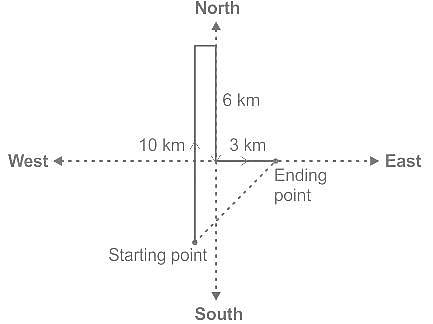MPPGCL JE Electronics Mock Test - 9 - Electronics and Communication Engineering (ECE) MCQ
30 Questions MCQ Test MPPGCL JE Electronics Mock Test Series 2025 - MPPGCL JE Electronics Mock Test - 9
The electrical resistivity of the material of a conductor is ρ. If its length is doubled and area of cross-section is tripled, then its electrical resistivity will be
How many number of 2-input NAND gates are required to realise a half adder circuit?
| 1 Crore+ students have signed up on EduRev. Have you? Download the App |
In a 8-bit ripple carry adder using identical full adders, each full adder takes 34 ns for computing sum. If the time taken for 8-bit addition is 90 ns, find time taken by each full adder to find carry
For the signal flow graph shown in the figure, determine the overall transmittance relating C and R.
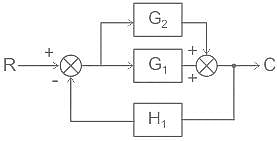
A semiconductor bar having a length of 4 cm is subjected to a voltage of 8 Volts. If the average drift velocity is 104 cm/s, then electron mobility would be:
For the logic circuit shown in the following figure, representation of the state diagram is:
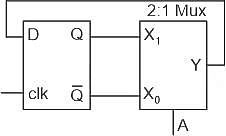

The above circuit can be represented in the frequency domain as:
Find the volume charge density that is associated with the field D = ar C/m2
When the area of the parallel plate capacitor increases by 7 times and separation between both plates decreases by 7 times, then the capacitance of the parallel plate capacitor becomes
There are 4 variables in the Boolean function and the value of the function is 1. Find the number of cells in the K-Map which will contain a 1 when SOP expression is used.
For which of the following ROCs, Fourier transforms is not defined?

Which are the three basic types of motion control systems in numerical control?
Which bus is used to specify memory locations for the data being transferred
 , having peak overshoot 10%. Find damping ratio.
, having peak overshoot 10%. Find damping ratio.
Output data ratio of a 8-bit PCM-TDM system sampling 24 voice channels, comparing these using μ-law at the rate of 8 kHz with a 1 frame alignment word, is:
Match List-I with List-II and select the correct answer using the code given below the lists-
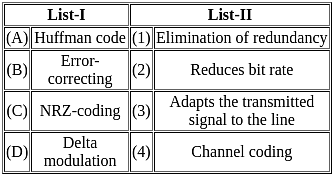
Consider a cascade system with unit step u(t) as input and h1(t) = e-2t u(t) and h2(t) = e-t u(t) respectively. The impulse response of overall system is:
Direction: In the following question, the sentences have been given in Active/ Passive Voice. From the given alternatives, choose the one that best expresses the given sentence in Passive/ Active Voice.
She took the dog for a walk.
Mr. X walks 10 km towards the North. From there it is 6 km towards south then moves 3 km to the east. In which direction is he now standing from his starting point?
Directions to Solve
Each of the following questions has a group. Find out which one of the given alternatives will be another member of the group or of that class.
Question -
Pathology, Cardiology, Radiology, Ophthalmology
When did Jawaharlal Nehru give his famous speech ‘Tryst with Destiny’?
The Indian Constitution prescribes Fundamental Rights in :
Which of the following freedoms is not available to an Indian citizen?
The distance from the equator to either of the poles is one-fourth of a circle round the earth and it will measure ¼ of ………….. degree.



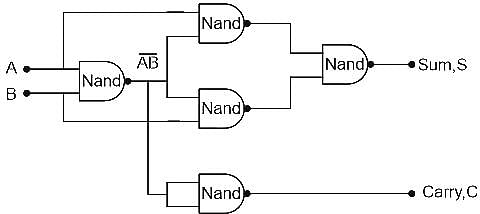

 =
=
 =
=
 -----(1)
-----(1) -----(2)
-----(2)


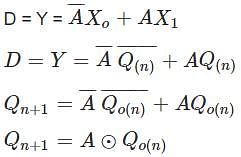
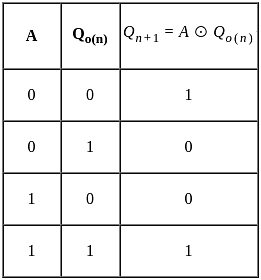
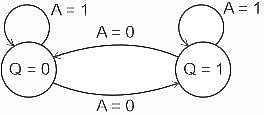




 =
=  having only
having only  component
component

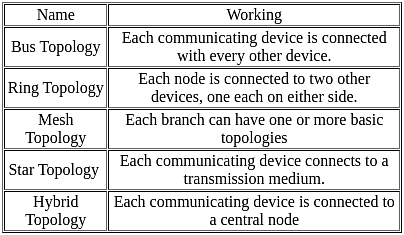
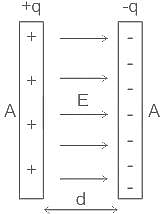




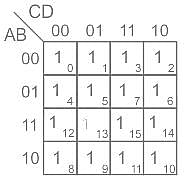


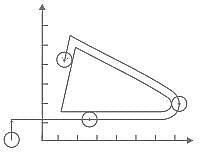
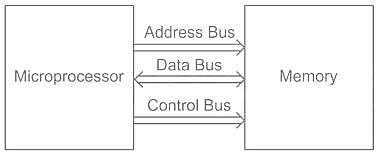
 × 100 %
× 100 % =
= 












